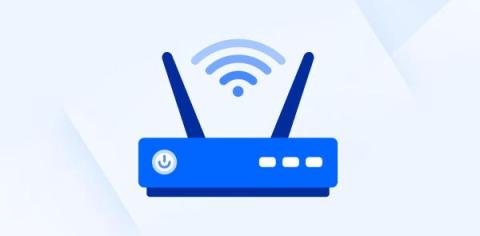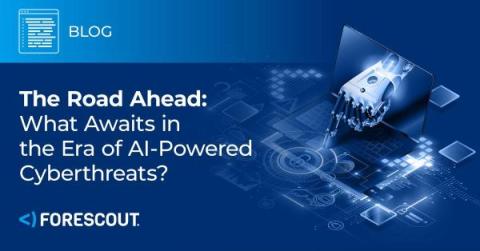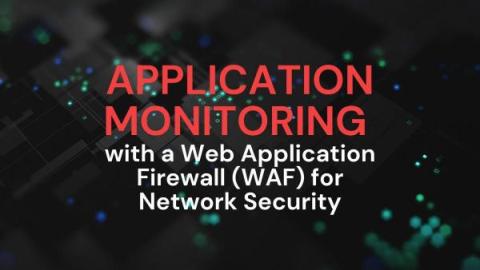Networks
Taming Network Complexity with Digital Twins
The 7 Best Wi-Fi Routers for Speed, Performance, and Security
Whistleblowers of a Fake SASE are IT's Best Friends
History taught us that whistleblowers can expose the darkest secrets and wrongdoing of global enterprises, governments and public services; even prime ministers and presidents. Whistleblowers usually have a deep sense of justice and responsibility that drives them to favor the good of the many over their own. Often, their contribution is really appreciated only in hindsight.
Volt Typhoon's Recent Compromise of 30% of Cisco RV320/325 Devices
How to Perform a Network Security Risk Assessment in 6 Steps
3 Things CISOs Can Immediately Do with Cato
Wherever you are in your SASE or SSE journey, it can be helpful knowing what other CISOs are doing once they’ve implemented these platforms. Getting started with enhanced security is a lot easier than you might think. With Cato’s security services being delivered from a scalable cloud-native architecture at multiple global points of presence, the value is immediate. In this blog post, we bring the top three things you, as a CISO, can do with Cato.
The Road Ahead: What Awaits in the Era of AI-Powered Cyberthreats?
Application Monitoring with a Web Application Firewall (WAF) for Network Security
Machine Learning in Action - An In-Depth Look at Identifying Operating Systems Through a TCP/IP Based Model
In the previous post, we’ve discussed how passive OS identification can be done based on different network protocols. We’ve also used the OSI model to categorize the different indicators and prioritize them based on reliability and granularity. In this post, we will focus on the network and transport layers and introduce a machine learning OS identification model based on TCP/IP header values.










